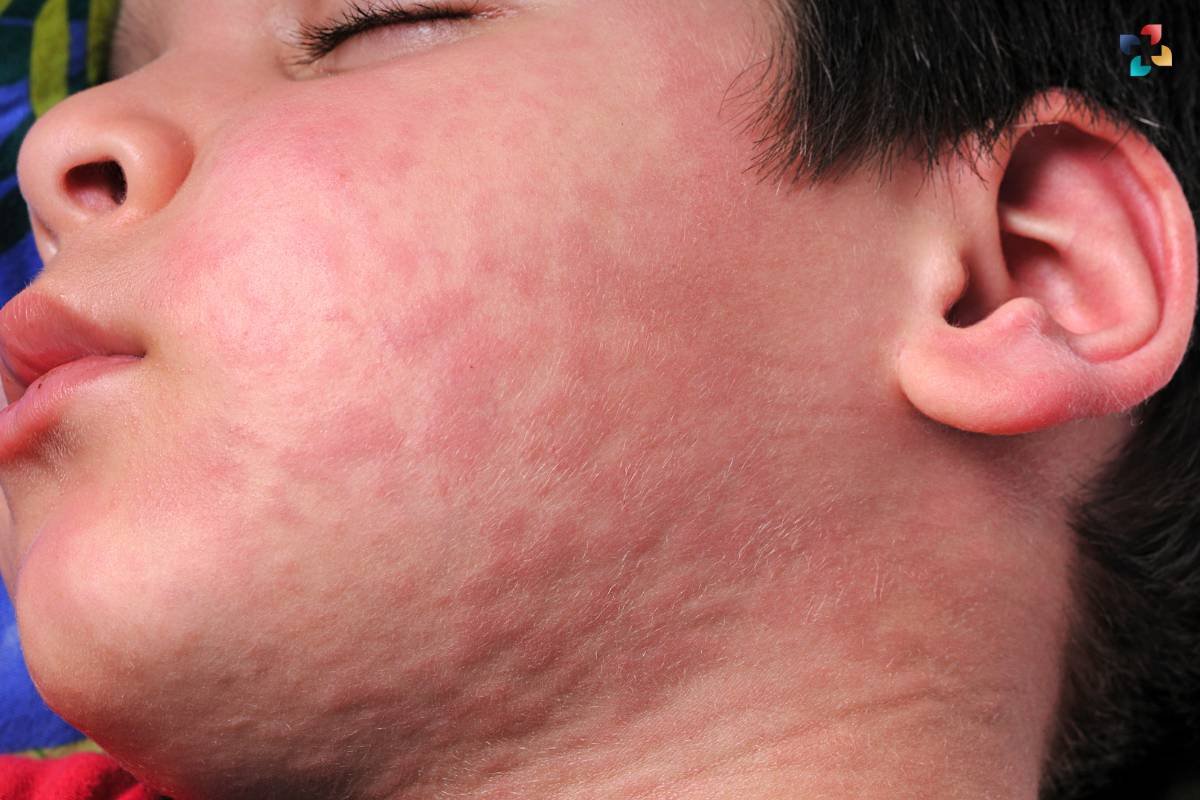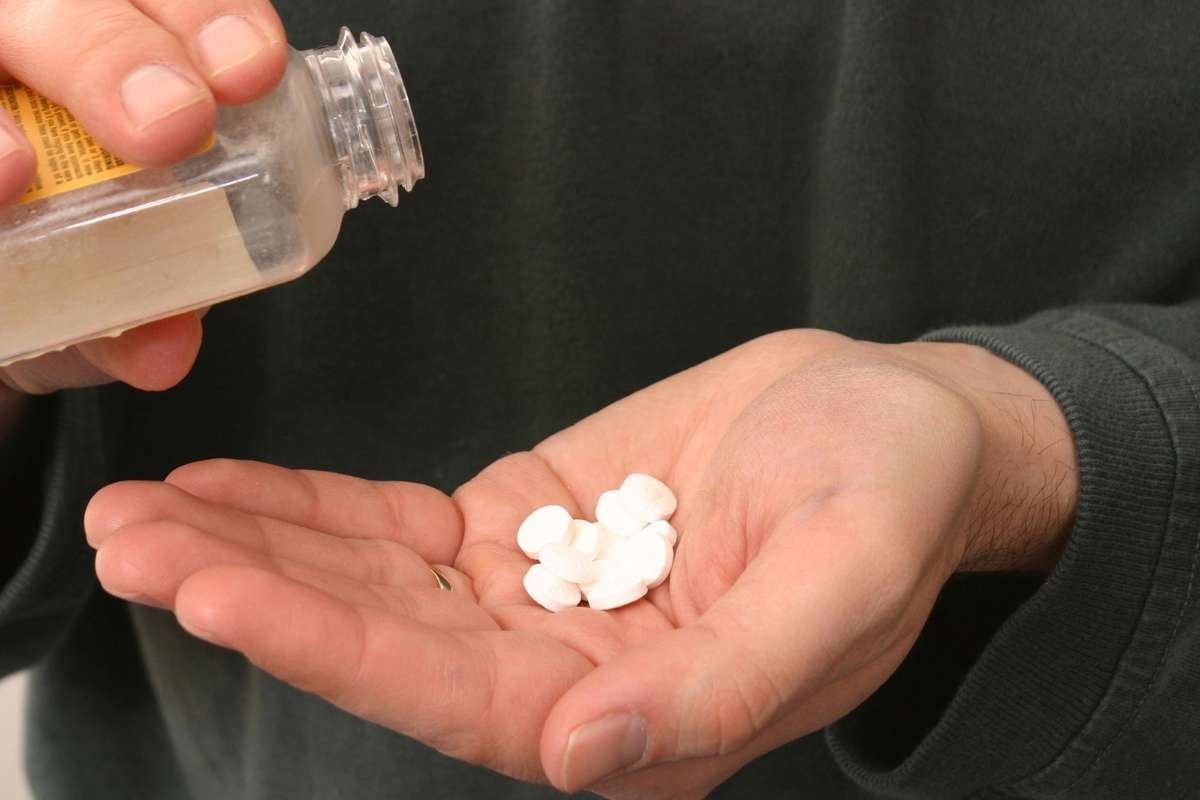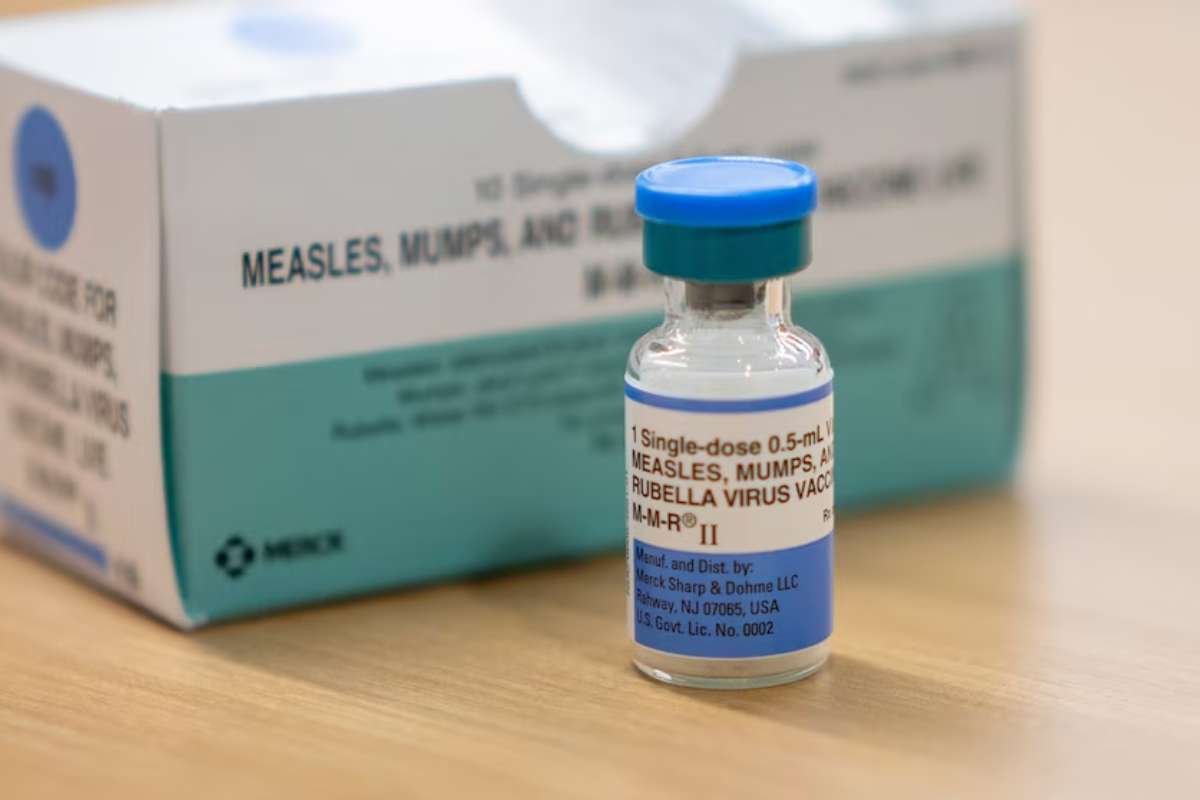Dermographism, another name for pressure urticaria, is a form of physical urticaria in which the skin develops welts or hives in reaction to pressure. A person’s quality of life may be greatly impacted by this illness, which can lead to pain, discomfort, and emotional suffering. We will look into Pressure Urticaria’s causes, symptoms, diagnosis, and available treatments in this post.
Understanding Pressure Urticaria:
Pressure Urticaria is a form of physical urticaria, which refers to hives or welts that develop in response to physical stimuli. In the case of Pressure Urticaria, the triggering factor is pressure applied to the skin, such as from tight clothing, sitting or standing for prolonged periods, or carrying heavy objects. The exact cause of dermographism is not fully understood, but it is believed to involve a hypersensitivity reaction mediated by mast cells in the skin.
Symptoms of Pressure Urticaria:
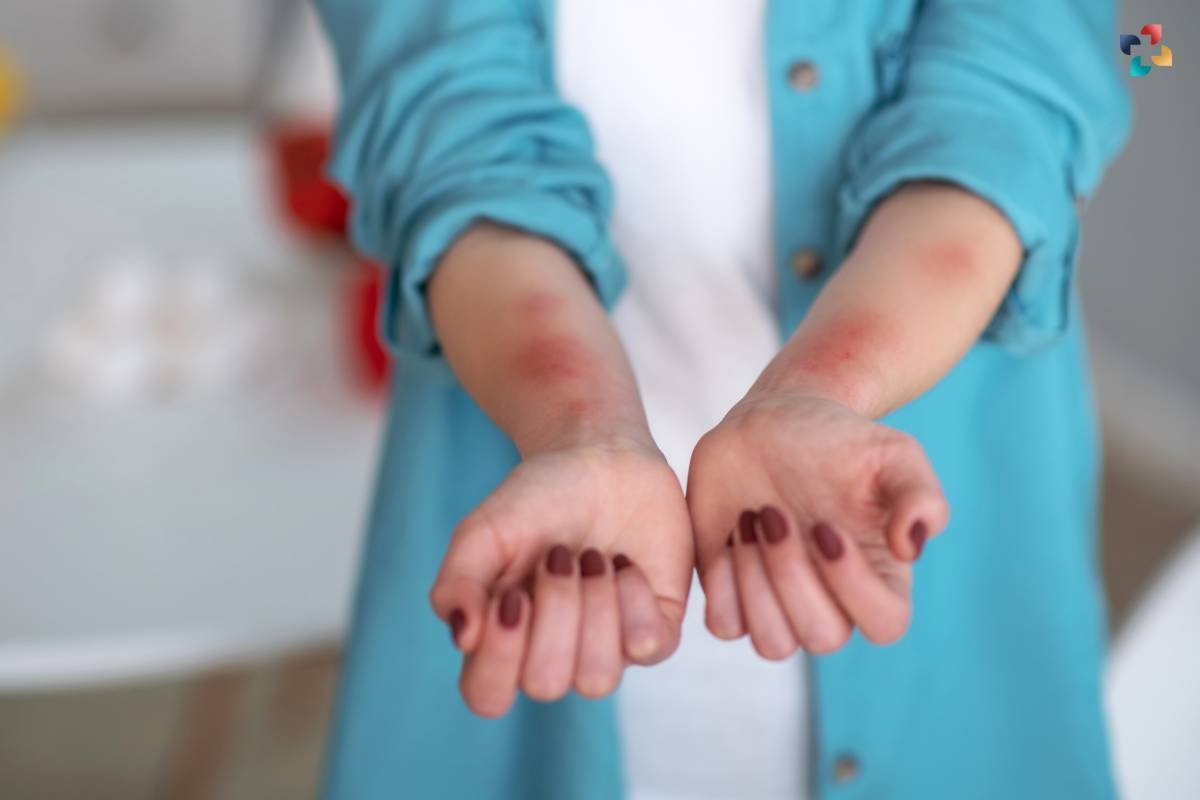
The hallmark symptom of Pressure Urticaria is the development of hives or welts on the skin after pressure is applied. These raised, red, and itchy bumps may appear immediately or several hours after the pressure stimulus and can last for hours to days. In some cases, the hives may be accompanied by swelling (angioedema) and pain or burning sensations in the affected area. The severity of symptoms can vary widely among individuals, with some experiencing mild discomfort and others experiencing significant impairment in daily activities.
1. Appearance of Hives or Welts
The primary symptom of dermographism is the sudden appearance of raised, red, and itchy bumps on the skin upon the application of pressure. These hives or welts may vary in size and shape and can be localized to the area where pressure was exerted.
2. Timing of Symptoms
The development of hives in response to pressure can occur immediately after the stimulus or may be delayed, manifesting several hours later. This delayed onset of symptoms distinguishes Dermographism from other forms of physical urticaria.
3. Duration of Symptoms
The duration of hives associated with Pressure Urticaria can vary, lasting anywhere from a few hours to several days. The intensity of itching and discomfort may also fluctuate over time.
4. Presence of Angioedema
In some cases, Pressure Urticaria may be accompanied by swelling of deeper layers of the skin, known as angioedema. This swelling can occur in addition to the hives and may involve areas such as the face, lips, tongue, or extremities.
5. Sensations of Pain or Burning
Alongside itching, individuals with Pressure Urticaria may experience sensations of pain, burning, or tingling in the affected area. These sensations can contribute to discomfort and may worsen with continued pressure or friction on the skin.
6. Impact on Daily Activities
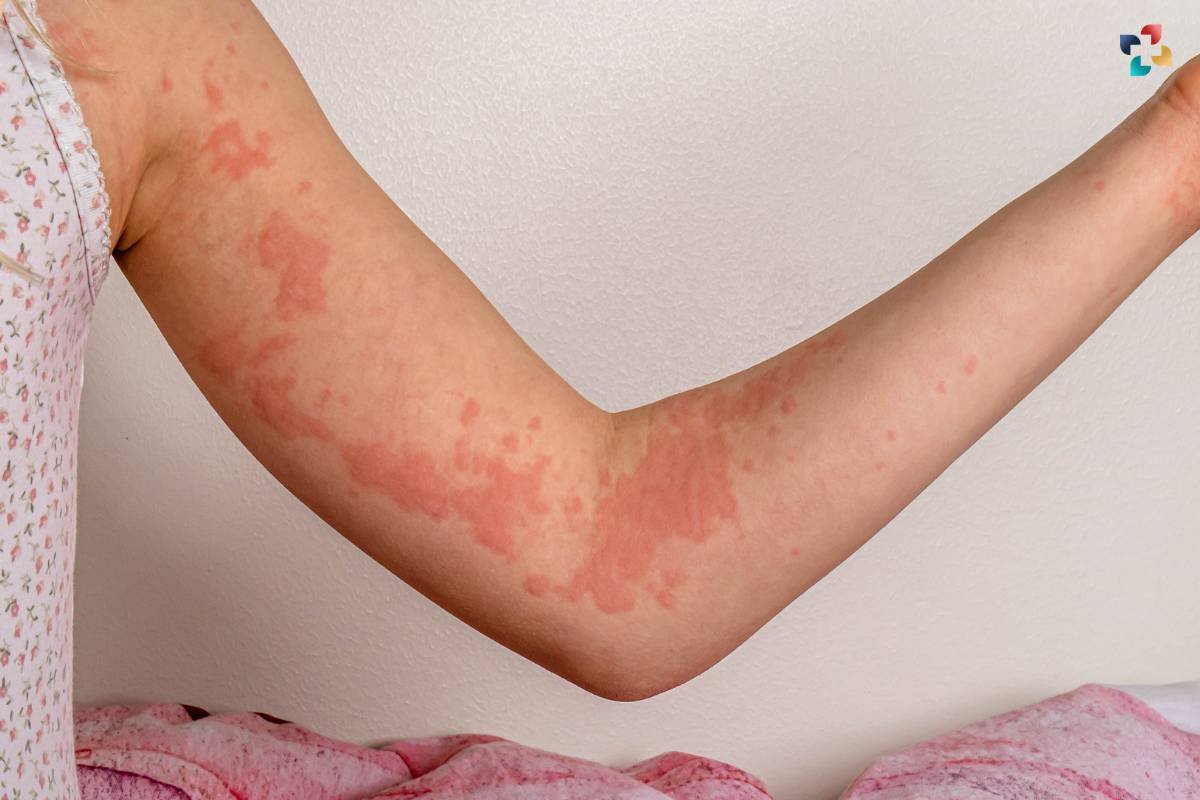
The severity of symptoms can vary widely among individuals, with some experiencing mild discomfort and others facing significant impairment in daily activities. For some, the presence of hives and associated symptoms may interfere with work, sleep, and social interactions.
Overall, the symptoms of dermographism can range from mild to severe and may significantly impact an individual’s quality of life. It is essential for affected individuals to seek medical evaluation and appropriate treatment to alleviate symptoms and prevent complications associated with this condition.
Diagnosis of Pressure Urticaria:
Diagnosing Pressure Urticaria involves a thorough medical history evaluation, physical examination, and sometimes additional tests to rule out other underlying conditions. The presence of hives or welts that develop in response to pressure on the skin is a key diagnostic criterion. A dermatologist or allergist may perform a pressure test, applying pressure to the skin with a blunt object and observing the reaction. Blood tests or skin biopsy may be conducted to rule out other causes of urticaria.
Treatment Options for Pressure Urticaria:
Treatment for dermographism aims to alleviate symptoms, prevent flare-ups, and improve quality of life. Management strategies may include:
1. Antihistamines
Oral antihistamines are commonly prescribed to relieve itching and reduce the severity of hives. Non-sedating antihistamines such as loratadine, cetirizine, or fexofenadine are often recommended as first-line therapy.
2. Topical Treatments
Topical corticosteroids or anti-itch creams may be applied to the affected skin to reduce inflammation and itching.
3. Avoidance of Triggering Factors
Patients are advised to avoid or minimize exposure to activities or situations that exacerbate Pressure Urticaria, such as wearing tight clothing or carrying heavy objects.
4. Immunosuppressive Therapy:
In severe cases of Pressure Urticaria that do not respond to conventional treatment, immunosuppressive medications such as cyclosporine or omalizumab may be considered to modulate the immune response.
5. Lifestyle Modifications
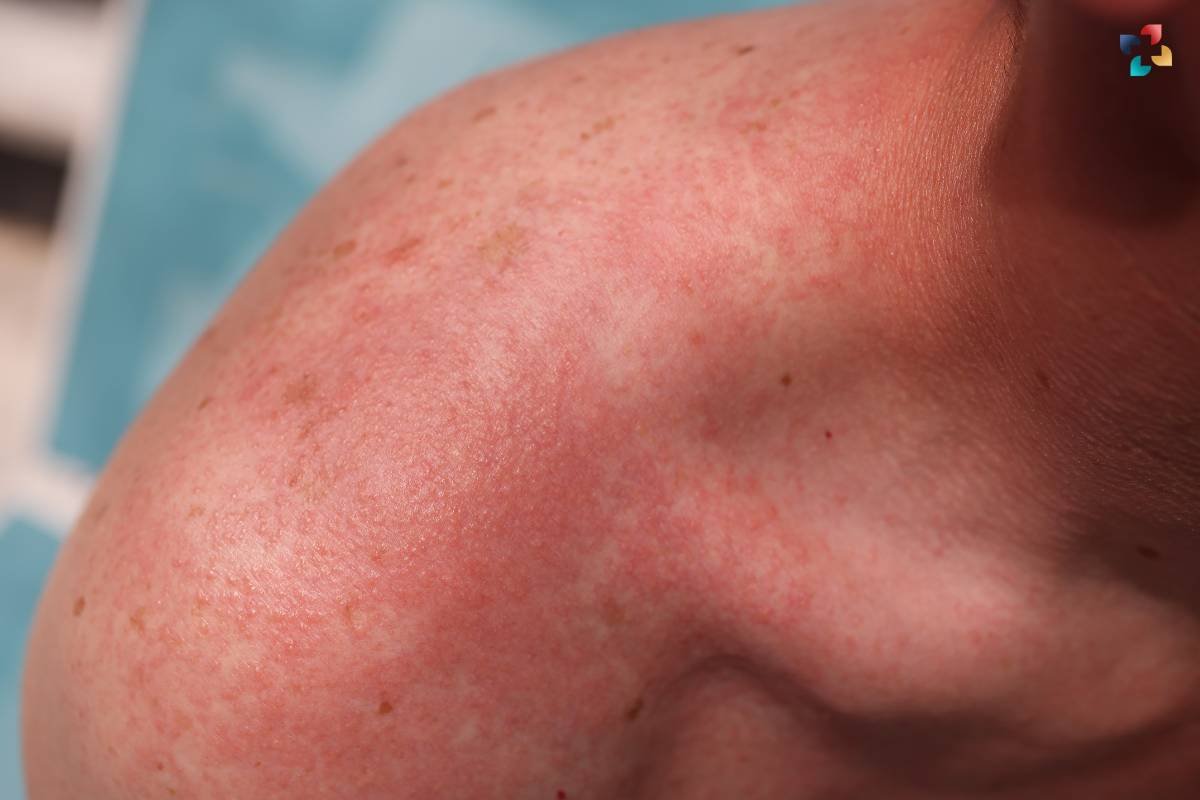
Practicing stress management techniques, maintaining a healthy diet, staying hydrated, and avoiding known triggers can help reduce the frequency and severity of Pressure Urticaria flare-ups.
In summary, pressure urticaria is a difficult condition marked by the welts or hives that appear on the skin when pressure is applied. Although it can be uncomfortable and interfere with day-to-day activities, the right management techniques can help reduce symptoms and enhance the lives of those who are impacted. It’s critical to speak with a healthcare provider if you think you might have dermographism in order to receive a precise diagnosis and tailored treatment advice.
FAQs
1. What is Pressure Urticaria?
Pressure Urticaria is a type of physical urticaria characterized by the development of hives or welts on the skin in response to pressure or friction.
2. What causes Pressure Urticaria?
The exact cause of dermographism is unknown, but it is believed to involve an abnormal immune response triggered by mechanical stimuli, such as pressure or rubbing on the skin.
3. How is Pressure Urticaria diagnosed?
Diagnosis of Pressure Urticaria is based on the characteristic appearance of hives after the application of pressure. A thorough medical history, physical examination, and sometimes skin tests may be performed to rule out other conditions.

12 Nutrient-Packed Foods for Glowing Skin
Eating a diet that is both nutritious and balanced and is full of foods that are rich in nutrients is one way to help develop attractive and bright skin. In this piece, we will go over 12 Nutrient-Packed Foods for Glowing Skin.
4. Can Pressure Urticaria be treated?
Yes, treatment options for Pressure Urticaria may include antihistamines to relieve itching and reduce hives, as well as avoiding or minimizing pressure on the affected areas. In severe cases, other medications or therapies may be prescribed by a healthcare professional.
5. Is Pressure Urticaria a chronic condition?
Dermographism can be a chronic condition for some individuals, with symptoms recurring intermittently over an extended period. However, symptoms may also resolve spontaneously or with appropriate treatment in some cases. Regular follow-up with a healthcare provider is recommended for ongoing management.

